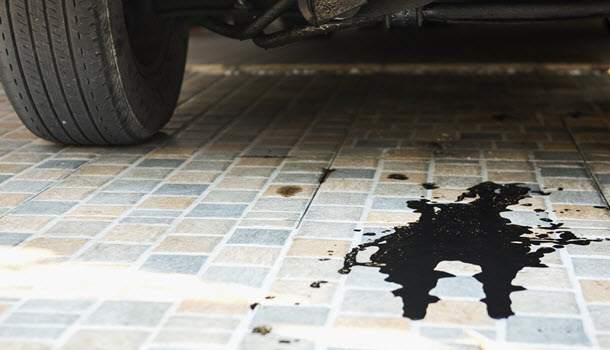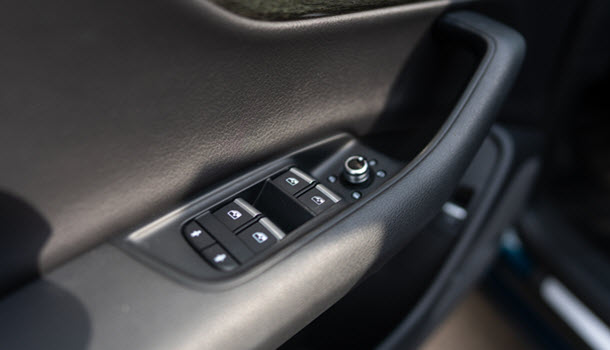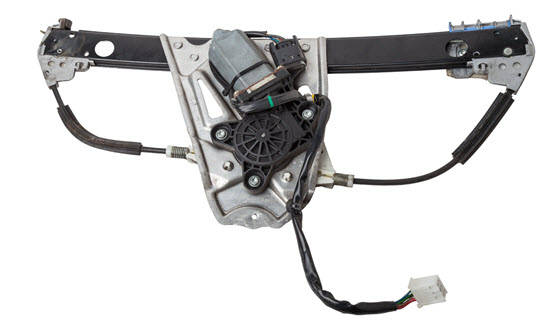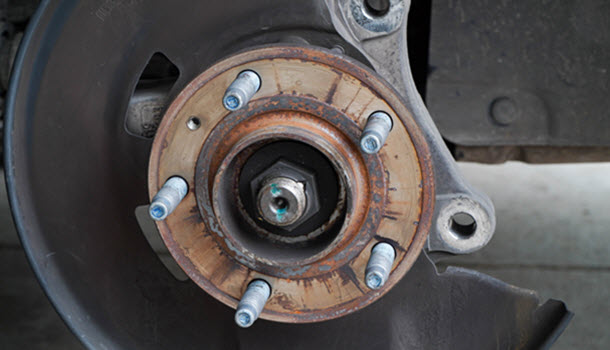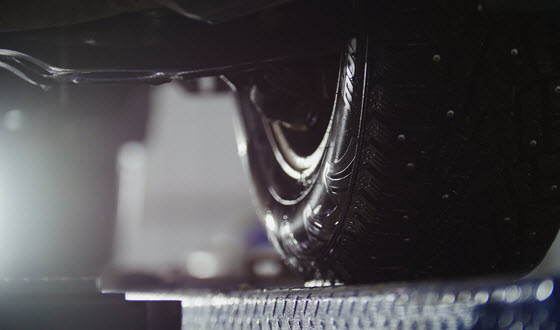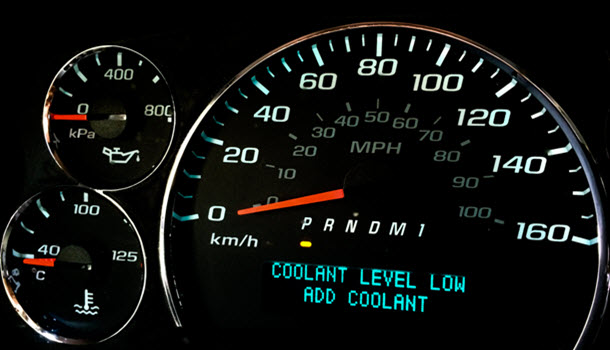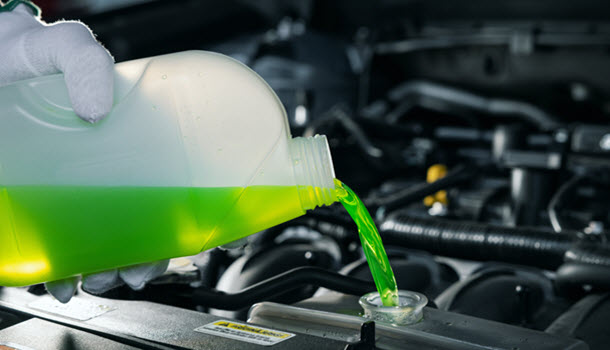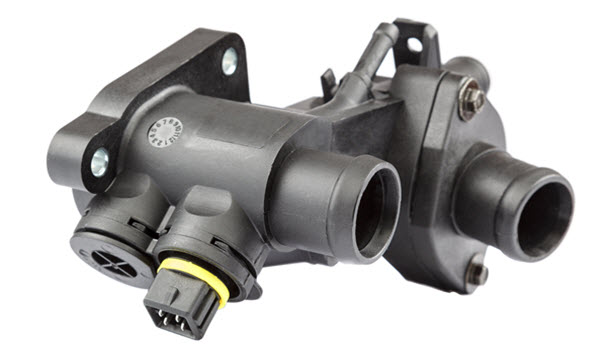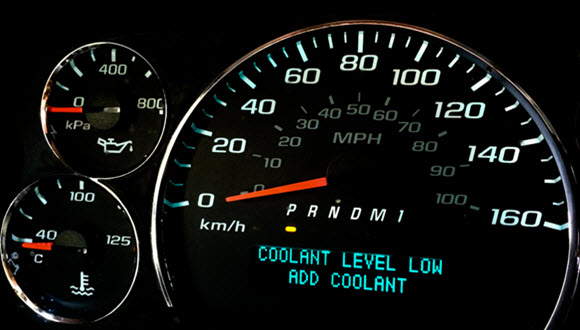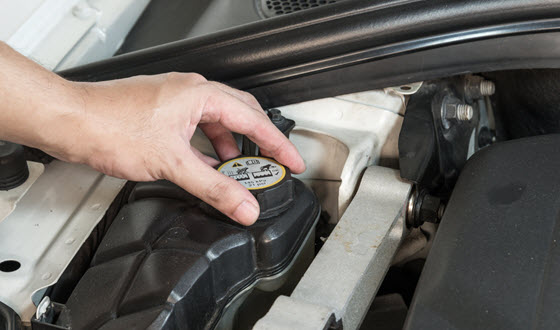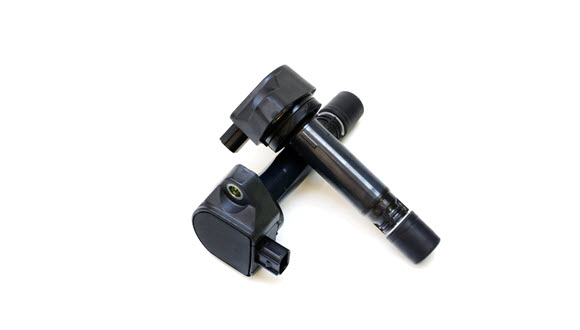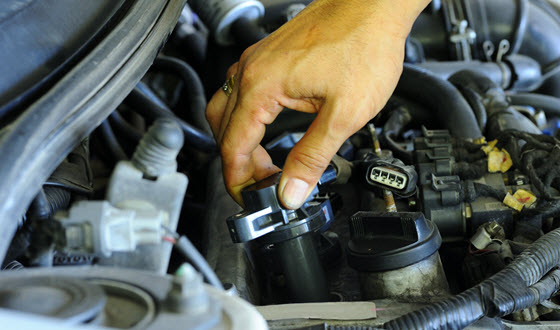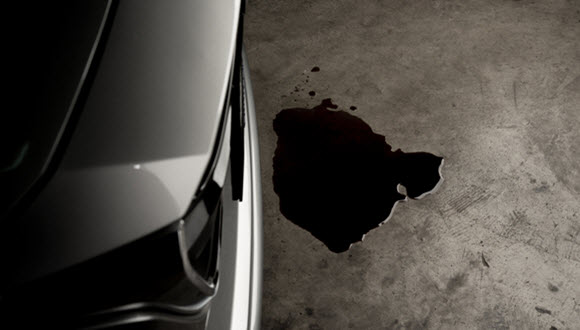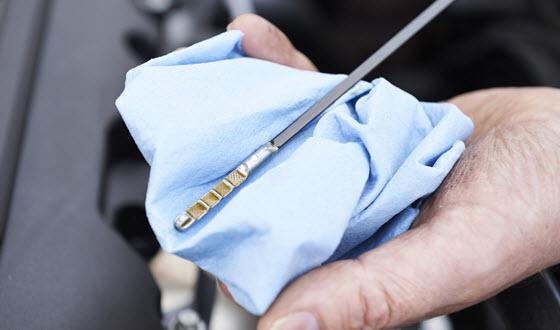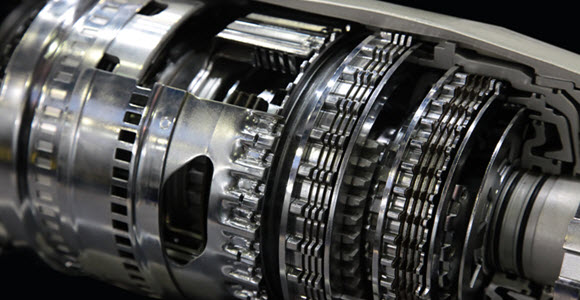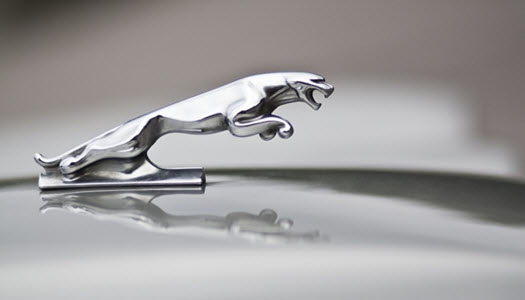Best Garage in Dallas for Your Jaguar’s Oil Pan Gasket Leak
Posted on | 30 Dec 2024 By Anita Gaal
Are you seeing oil leaks around your Jaguar and wondering where it might be coming from? There are so many possible oil leak points in a Jaguar and the oil pan gasket is one of the most prevalent leak points that Jaguar car owners have to deal with. If ignored, a faulty gasket can drain out all the oil in your engine, affect the functionality of your engine, or even lead to damage due to overheating. Let’s look at what the oil pan gasket does and how to avoid or fix failure so that you can continue to use your car in an efficient manner.
What is an Oil Pan Gasket?
The oil pan gasket is a rubber-like material that is fitted between the oil pan and the engine casing. Its function is to hold the engine oil in the pan as the car runs. Your engine one is a fluid that is used to reduce the friction of moving parts, to reduce heating, and to make your Jaguar run as it should. When the gasket of the oil pan starts to deteriorate, oil leaks, resulting in low oil levels and if not rectified, may result in serious damage to the engine.
How To Repair An Oil Pan Gasket Leakage
- Conducting an Inspection: An experienced professional will always take his time to study the oil pan and surrounding parts to determine where the leak is coming from. When the gasket that seals the oil pan is found to be damaged, the mechanic then has the option to fix it.
- Draining the Engine Oil: In an effort to achieve cleanliness and have a clear field of view of the oil pan, all engine oil is drained off. This eliminates the chances of fluid leakage particularly during the repair work.
- Removing the Oil Pan: To take out the oil pan, it has to be unfastened and then gently pulled out revealing the worn-out gasket underneath. This process requires a lot of precision to avoid any sort of harm to the oil pan or other surrounding parts.
- Installing a New Gasket: The old gasket is then pulled out and the mating surface is cleaned to an optimal level in order to create a good seal. A new and good gasket is then put in place to make the oil pan as good as new again.
- Putting It All Back Together: Finally, after placing the oil pan in its position insert the bolt and tighten it as per the torque recommended by the manufacturing company to avoid leakage. After that, add fresh motor oil and run the necessary check to confirm that the system is in its proper operating condition.
How to Avoid Oil Pan Gasket Leak
Some amount of wear and tear is unavoidable but there are things that a Jaguar owner can do to reduce the chances of an oil pan gasket leak. The first one is to use premium quality engine oil as well as to follow the recommendation of Jaguar regarding the frequency of oil changes so that the engine together with the gasket will remain in good shape. When driving over speed humps, curbs, or any other obstacles be very careful not to cause damage to the oil pan or its gasket. If your car requires gasket replacement, then, opt for genuine OEM Jaguar parts made for your car model only. These parts help to make a good fit and to adequately seal the leaking points.

You Can Count On Euro Automotive For Oil Leak Solutions
If you feel that your Jaguar has problems in its oil pan gasket and is experiencing a leak, you can bring your car to Euro Automotive in Dallas, TX. We are dedicated to European car repair and our services are designed to meet your Jaguar’s requirements.
At Euro Automotive, we hire experienced technicians who use top-notch tools and genuine spare parts to accomplish a perfect and long-lasting repair service. Also, we offer competitive and fair prices, as well as the best customer care, so you can drive away satisfied. If you stay in nearby places such as Fort Worth, Garland, and Arlington, TX, we are ready to assist you. Call us today and set up an appointment to have your Jaguar receive the best service from us.





